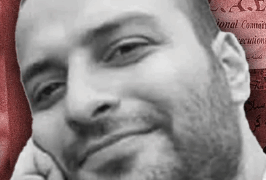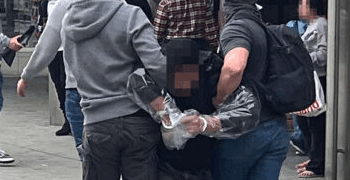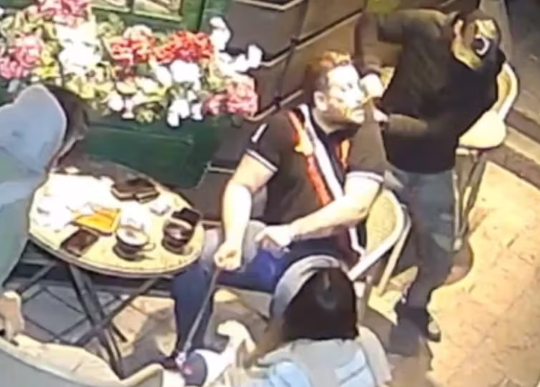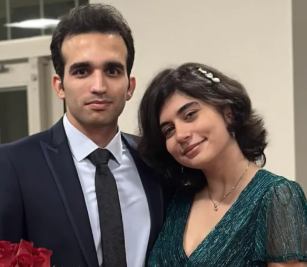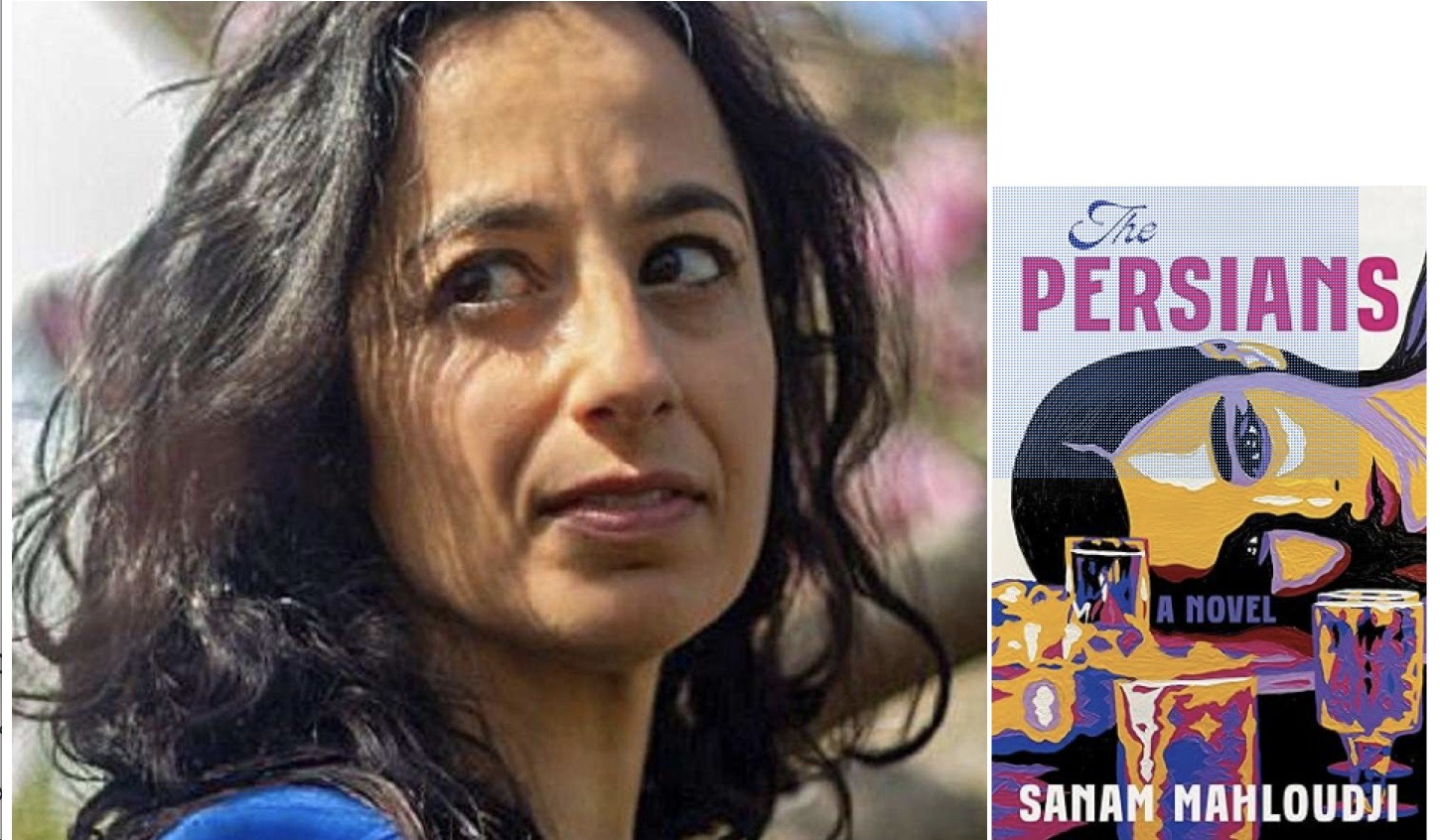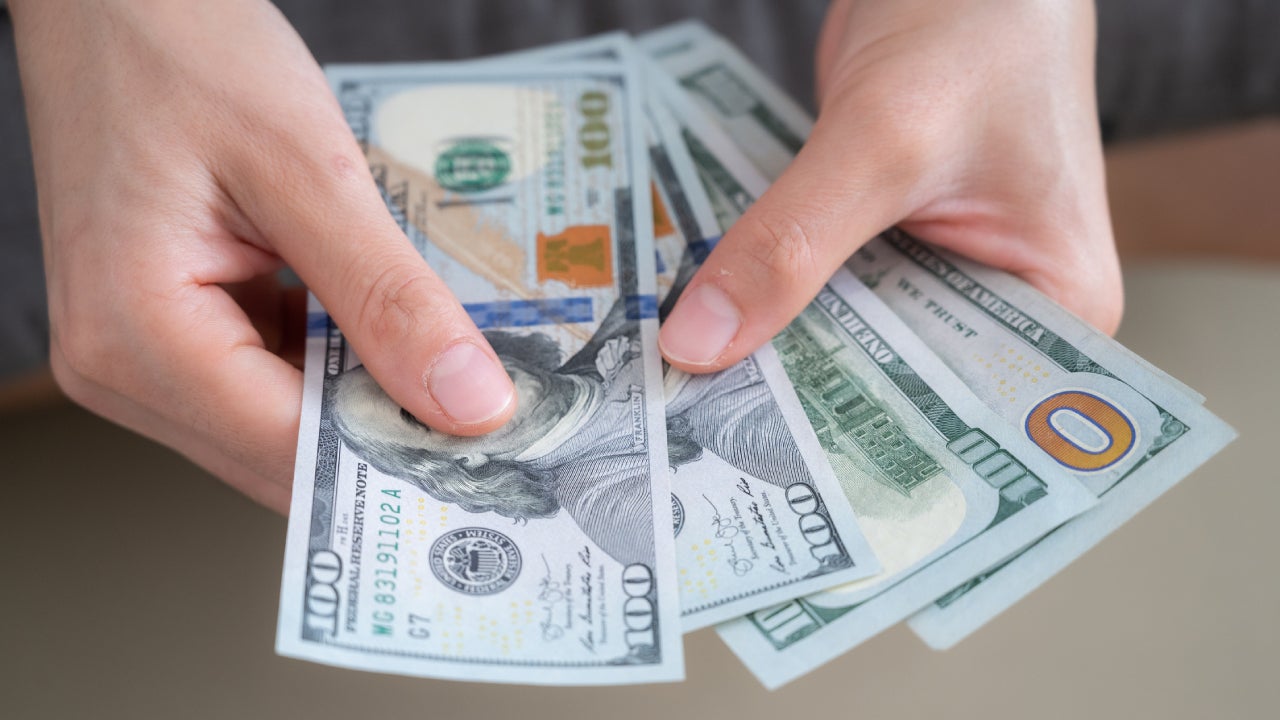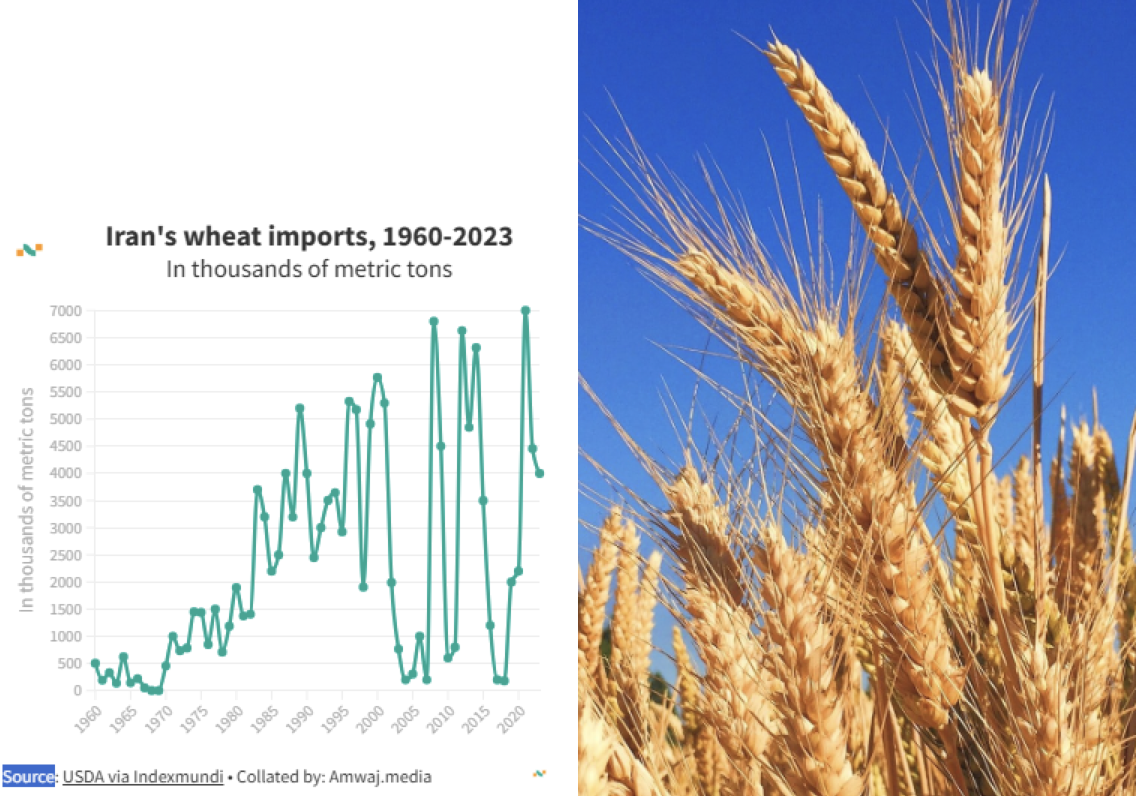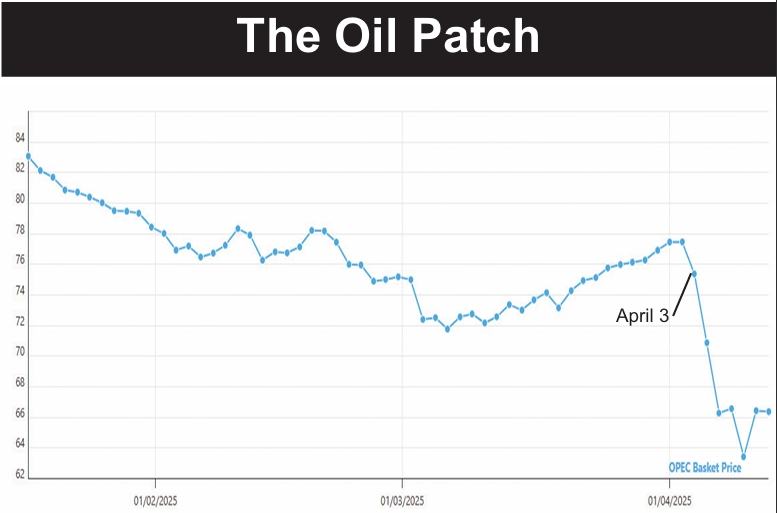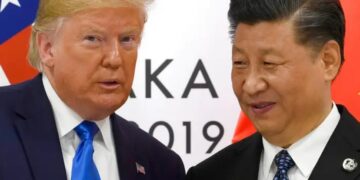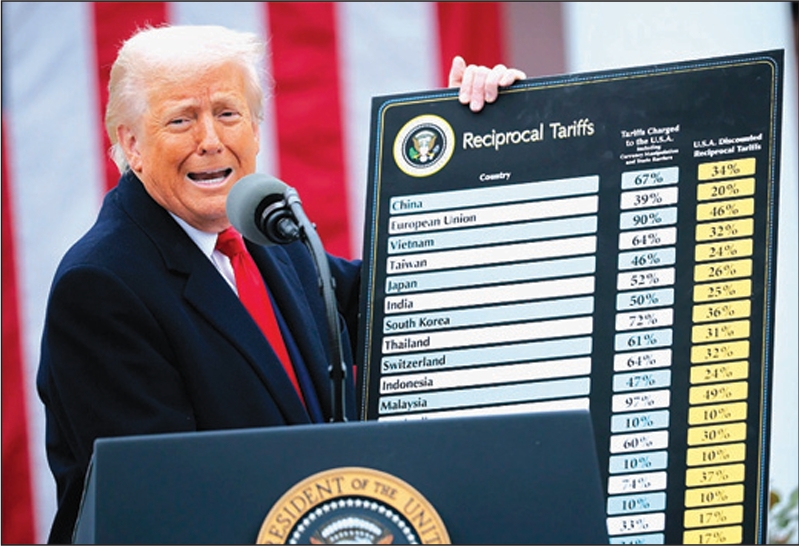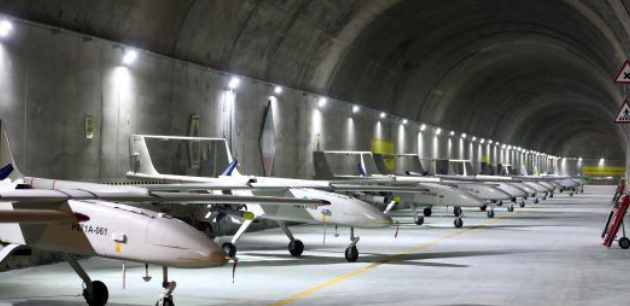known for inventing the Artificial Cardiac Pump, has been honored with a major national “Knowledge Translation” award by the Canadian Institutes of Health Research. It’s been a long way from herding sheep and goats in Kurdistan. Iranian-Canadian Tofy Mussivand, 67, was honored November 16 for his wide range of ground-braking innovations. The award, which is accompanied by a $100,000 cash prize, recognizes his medical breakthroughs in the fight against cardiac disease and inventions that have put Canada at the forefront of scientific developments in fields from medical devices and artificial hearts to remote power transfer. Mussivand is currently the chair and director of the Cardiovascular Devices Program at the University of Ottawa Heart Institute, professor of surgery and engineering at the University of Ottawa and Carleton University and a fellow of the Royal Society of Canada. He is a longtime member of the Prime Minister’s Advisory Council on Science and Technology, and has served as an adviser to Prime Ministers Stephen Harper, Paul Martin and Jean Chrétien. Mussivand holds 15 patents with several others pending, and has authored more than 250 papers, books and technical articles. But Mussivand isn’t stop- ping there. He’s currently working on a range of inventions—from a portable device that can detect heart failure from a person‘s breath, and a gizmo that can assist in more accurate placement of stents in coronary arteries, to an implantable monitor for a heart patient’s blood flow once they leave the hospital, remotely monitoring the patient’s heart. He is also working on devices to transmit energy through the skin without wires to power implantable medical devices and as a non-invasive method to fight infections caused by stents, pacemakers, other implantable devices. Another project Mussivand is working on is a tiny gadget that extracts and analyzes DNA from a single skin cell. The prototype does the job in less than five minutes, but Mussivand hopes his device will accomplish the same job in only 15 seconds. The advancement could help both law enforcement officials involved in crime-scene identification and could also help in the area of biometric security. What makes Mussivand’s success all the more interesting is that he grew up as a shepherd in a poor family in Iran. As a teen, Mussivand tended to his family’s sheep and goat herds in the highlands of Iranian Kurdistan. But his upbringing within a family of little financial means did not stifle his love for learning. He told The Ottawa Citizen he learned to read and write by the light of a kerosene lamp, and that his inquisitive mind and constant questions finally led his father to send him to school. “At night we used to go on the roof of the houses in the summer and stare at the stars. I’d ask, ‘Why is that, why am I here, what’s my purpose?’” Mussivand recalled. “I was bothering my father with these questions, but he didn’t know. Eventually, he got tired of me asking.… He put me in a school…. Only in Canada some shepherd boy like me could come and get this opportunity,” he said from the boardroom near his fifth-floor Heart Institute office, where he typically begins his 18-hour work days around 5 am—all for no salary. “I never give up,” Mussivand said. “The tougher it becomes, the more exciting it becomes to me.” He emigrated to Edmonton, Alberta, in1965, when he was 22 years old. Speaking just two words of English, “yes” and “no,” Mussivand washed dishes part time while studying graduate- level hydrology on a full scholarship at the University of Alberta. After graduating, the newly-minted engineer rose to become a senior executive for an Alberta utility company, and went on to make millions in real estate. But Mussivand’s rags-toriches story didn’t end there. He had to start from nothing again, when he lost his estimated $35- million fortune after interest rates plummeted in the early 1980s. It was then that Mussivand followed his wife, Dixie Lee, into medicine, ending up at the Cleveland Clinic Hospital and Research Foundation in Ohio. Realizing his love for both engineering and medicine, Mussivand began looking into a revolutionary new concept for an artificial heart; one that was fully implantable in the thoracic cavity, remotely powered, remotely monitored, with no wires or tubes. In 1989, Mussivand left the United States and returned to Canada after he was contacted by heart institute founder Wilbert Keon. It was at the heart institute where his HeartSaver invention spawned the World Heart Corp., in which Mussivand held senior positions. But the company eventually relocated to the United States in 2004 when it failed to attract enough investors. In addition to the aforementioned devices Mussivand is working on, he told The Ottawa Citizen he is also working on an idea for a “wearable thermal therapy device.” He came up with the concept in 2002, when he was relaxing in a hot spring in Japan where he teaches part of each year. “When you come out, you are really relaxed. I asked myself, ‘How come I’m so relaxed?’ There is a chemical in the body called nitric oxide, a vassal dilator, it opens the vessels, so the more blood goes to my brain cells, I’m happier.” A related phenomenon, called heat shock protein, can prevent some types of cell death. Mussivand and his team believe that their $500 to $1,000 thermal device, which would look like a simple T-shirt or vest, could transfer heat and raise the body’s core temperature between one to three degrees—potentially reversing some of the physiological issues associated with heart failure. Mussivand received his undergraduate education in engineering and management at Tehran University and his doctorate in medical engineering and medical sciences at the University of Akron and Northeastern Ohio Universities College of Medicine.


